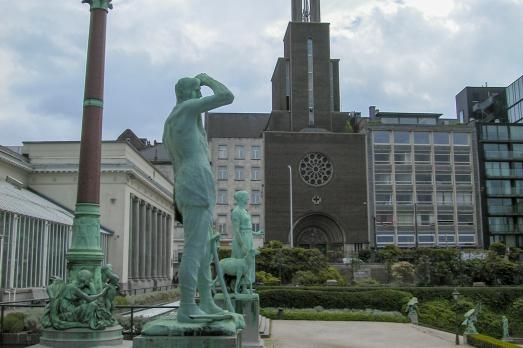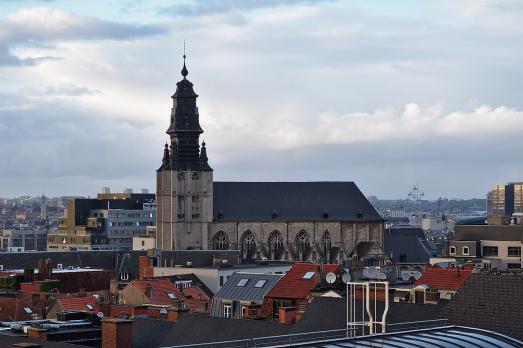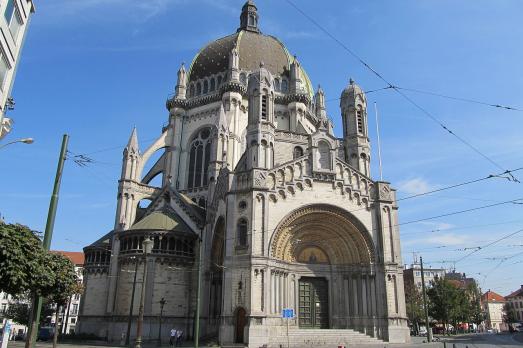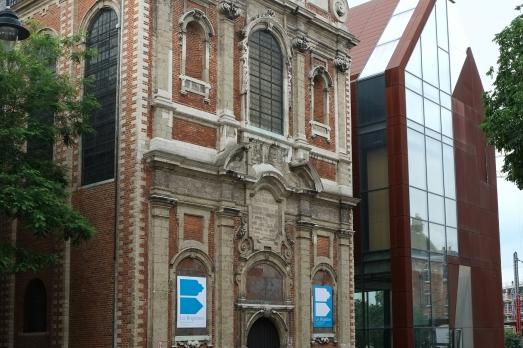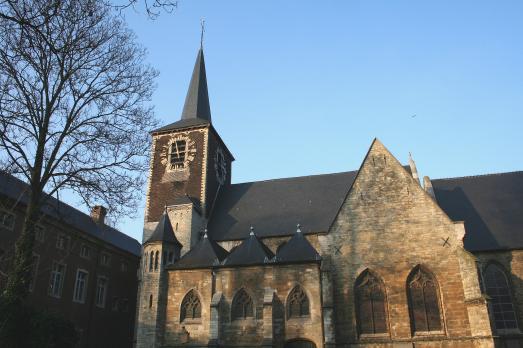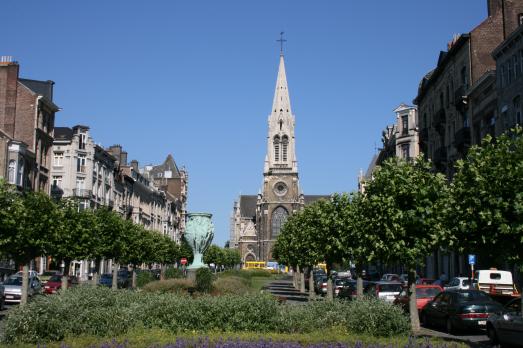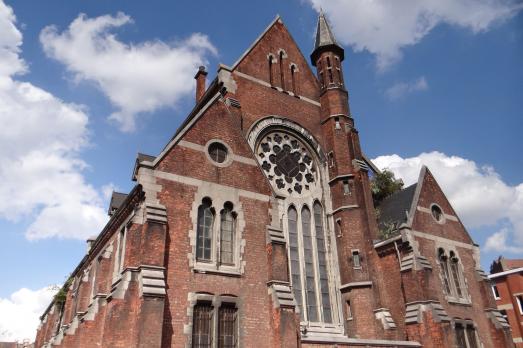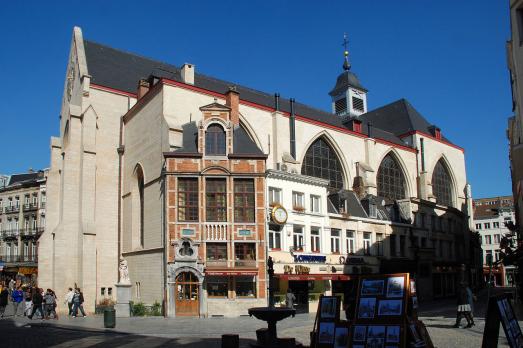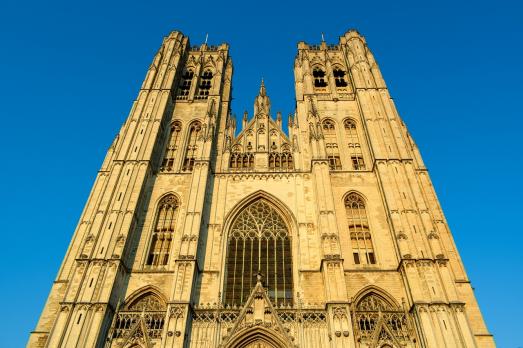
Brussels Cathedral
Brussels, BE
The Cathedral of St. Michael and St. Gudula, built between 1226 and 1519 in pure Gothic style. The cathedral was first founded as a collegiate church in 1047 in order to recover the relics of Saint Gudule hitherto kept in the church of Saint-Géry (destroyed during the French Revolution). It was only in 1962 that Brussels, until then dependent on the Archbishopric of Mechelen, was associated with this episcopal see under the title of Diocese of Mechelen-Brussels. Thus the collegiate church was promoted to the rank of cocathedral.
